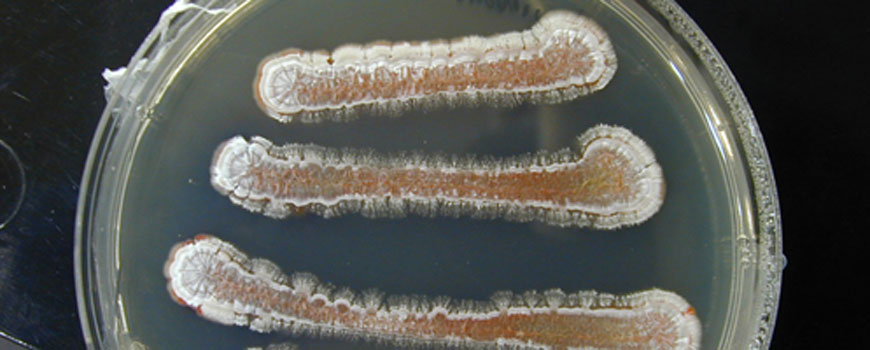A newly developed method for microscopically extracting, or “mining,” information from genomes could represent a significant boost in the search for new therapeutic drugs and improve science’s understanding of basic functions such as how cells communicate with one another.
Analyzing marine and terrestrial samples obtained from Alaska to San Diego’s La Jolla Cove, a research technique jointly created by scientists at Scripps Institution of Oceanography and Skaggs School of Pharmacy and Pharmaceutical Sciences at UC San Diego and their colleagues taps powerful laboratory instruments to trace promising chemical compounds back to their genomic roots. The method is described in the October 9 online publication of the journal Nature Chemical Biology.
Graduate student Roland Kersten developed a technique that employs mass spectrometry, a mass analyzing tool that deciphers the size and makeup of molecules, to reveal core structural details of genomes.
“With only very small amounts of crude sample material, the mass spectrometer is able to fragment the unknown peptide into individual amino acid building blocks, so we can then map those to the genome level,” said Kersten, who works jointly in Pieter Dorrestein’s laboratory at the School of Pharmacy and Brad Moore’s lab at the Scripps Center for Marine Biotechnology and Biomedicine. “That provides us information about how to reassemble the molecule.”

